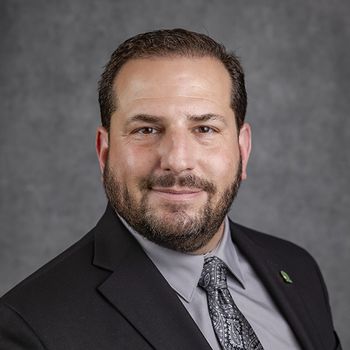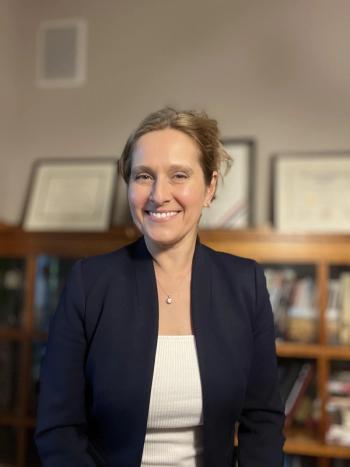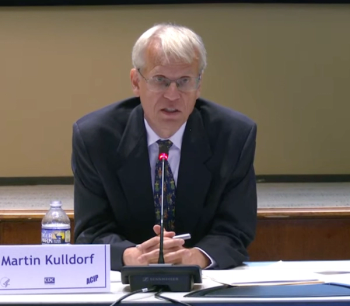
We must protect access to prescription drugs for marginalized seniors
America's poorest seniors could soon find it much harder to get the medicines they need.
America's poorest seniors could soon find it much harder to get the medicines they need.
That's because Medicare's Low-Income Subsidy program — which provides millions of seniors with prescription drug coverage that comes with no monthly premium — is eroding. And recent changes made in the
The number of "benchmark" LIS plans — which offer coverage without a monthly premium — plummeted 34% last year alone. As a result of some plans being discontinued or increasing their monthly premium, over 1.3 million seniors were reassigned to a different plan by CMS. Many other seniors had no choice but to opt for more expensive alternative plans that require monthly premiums, jeopardizing their access to life-saving medicines — or reducing what they can spend on other necessities like groceries and rent.
The Low-Income Subsidy program is a lifeline for roughly 13 million Americans.
By the numbers, communities of color are especially reliant on these subsidies. Combined, Black and Hispanic beneficiaries make up just 20% of Medicare drug plan enrollees. But within the subsidy program, Black and Hispanic beneficiaries total 37% of enrollees.
At the same time, minority seniors tend to experience more negative health outcomes when compared to their White counterparts. The data show that Black and Hispanic Medicare subscribers have higher hospitalization rates and an increased likelihood of suffering from chronic conditions like hypertension.
That's what makes the sharp reduction in Medicare's low-income subsidy plans so alarming. The decline is, in part, the result of changes made to the Part D program in the Inflation Reduction Act.
Low-income subsidy enrollees are increasingly having to turn to higher-premium plans. The number who now have to pay premiums has increased by more than one million just since last year.
The financial burden on seniors varies by state. As two examples, Medicare drug-plan premiums within the low-income subsidy group can exceed $155 in West Virginia and Pennsylvania.
Just as concerning is the fact that premiums across all Medicare prescription drug plans are rising. Average monthly premiums are projected to increase by at least 21% by the end of this year.
It's a concerning situation. Without swift action from the Centers for Medicare & Medicaid Services and Congress, America's poorest seniors risk losing access to the medicines they need to live healthy lives.
Yanira Cruz, MPH, DrPH, is the President and CEO of the National Hispanic Council on Aging.
Newsletter
Stay informed and empowered with Medical Economics enewsletter, delivering expert insights, financial strategies, practice management tips and technology trends — tailored for today’s physicians.















